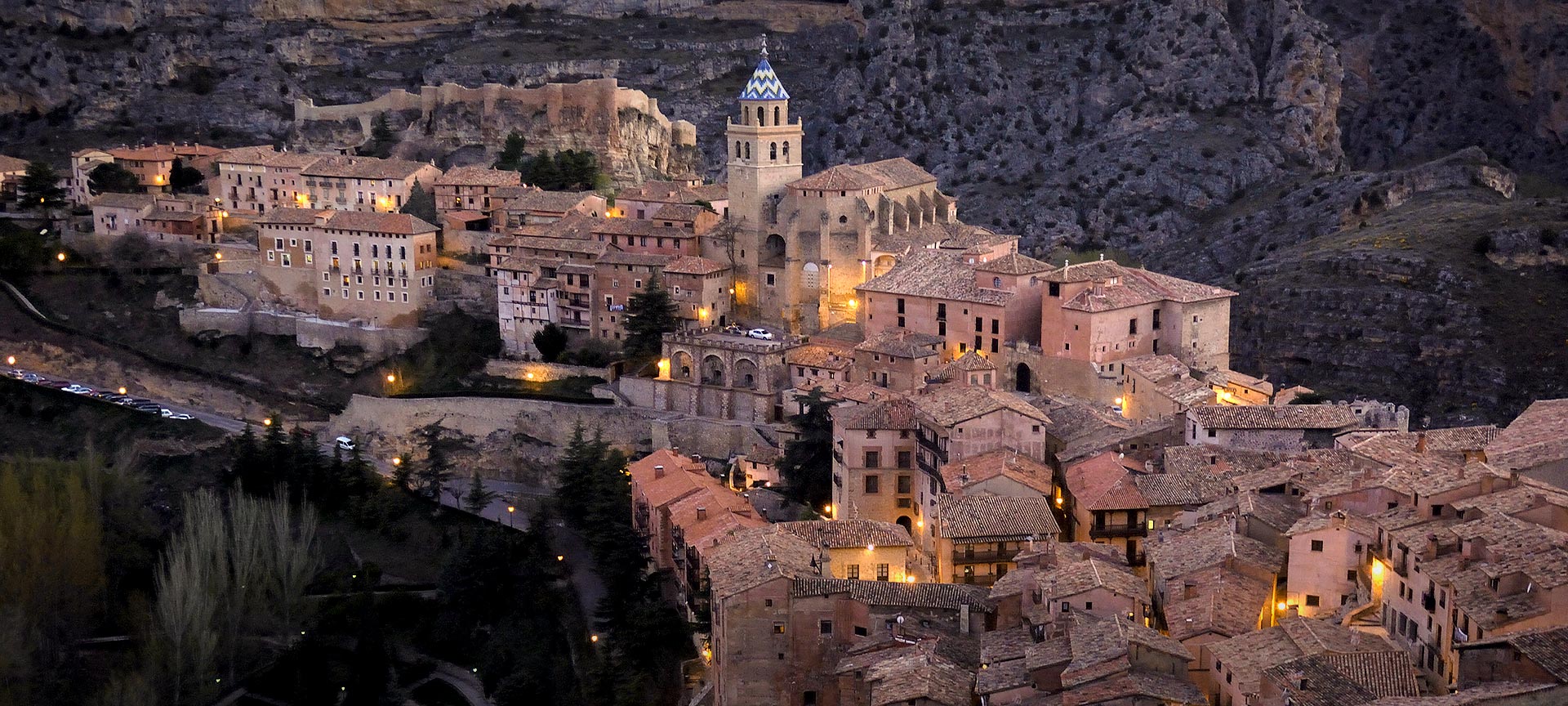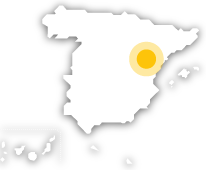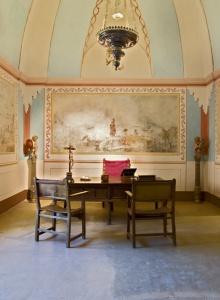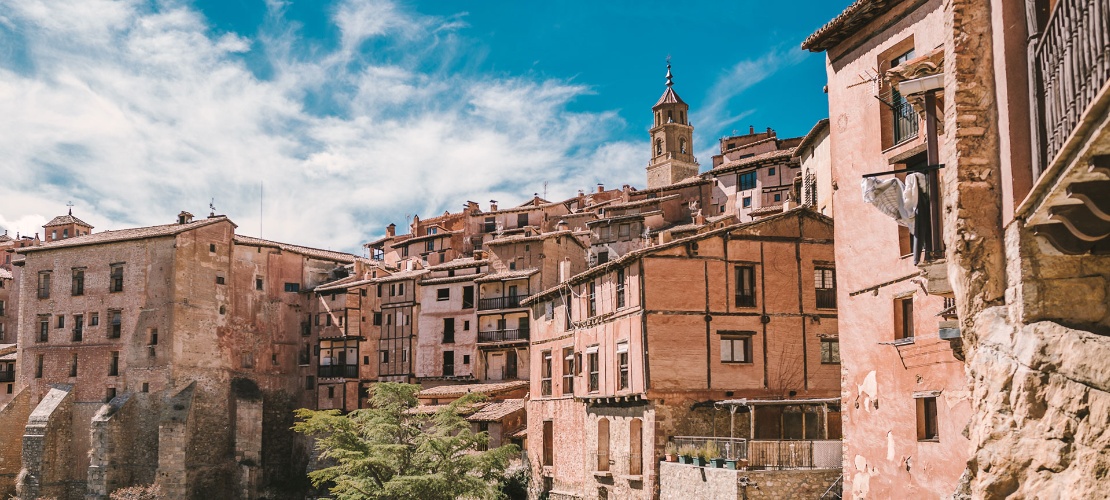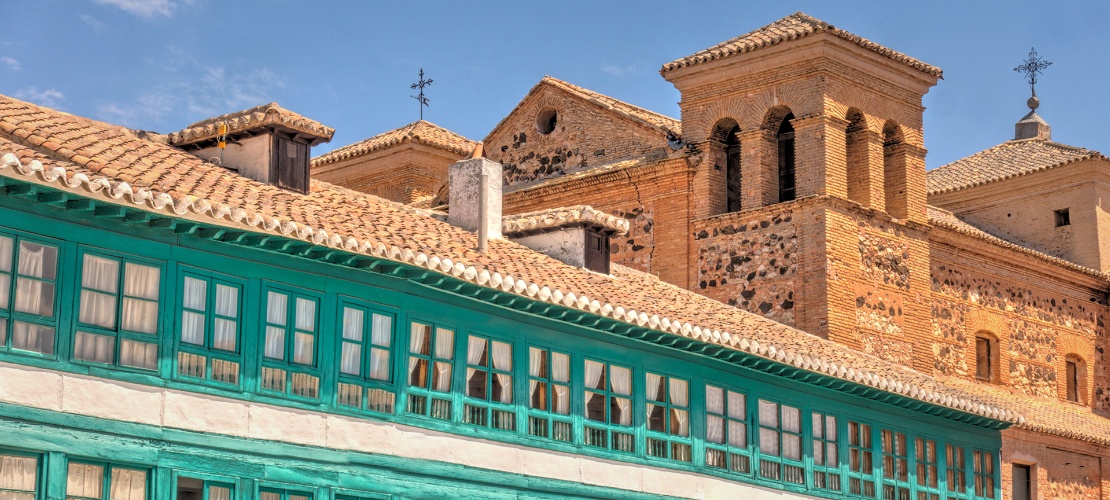Former capital of a Taifa kingdom, Albarracín has preserved all its Islamic and medieval flavour. Its old quarter has been declared a Property of Cultural Interest.
The first thing that strikes you on arriving at the town of Albarracín is its imposing fortified enclosure, the perimeter of which far exceeds the surface area of the town centre. What we see today corresponds to three separate moments of construction.
The bastion and the Andador Tower date from the 10th century. In the 11th century, the Taifa kings of Albarracín built the walls surrounding the Engarrada suburb. Finally, after the Reconquest, the Christian lords and the kings of Aragon erected new sections of wall and most of the forts and towers that remain today.The steep streets, including the Plaza Mayor, are particularly remarkable. It houses the town hall, which offers an impressive viewpoint over the Guadalaviar River. The present-day Cathedral of El Salvador, attached to the former Episcopal Palace, was built in the 16th century. The Diocesan Museum, located in the palace, exhibits a valuable collection of Flemish tapestries.In addition, throughout theAlbarracín Cultural Park, you can see samples of post-Palaeolithic art from between 6000 and 1000 BC. The Roman period is the one from which most remains have been preserved, including the 25-kilometre aqueduct that ran from Albarracín to Cella.
